Transmission holograms are a type of hologram that relies on the transmission of light through the holographic medium. Unlike reflection holograms, which use reflected light, transmission holograms allow light to pass through the holographic plate, revealing the three-dimensional image to an observer. In a transmission hologram, light passes through the holographic plate, and the three-dimensional image is reconstructed on the opposite side of the plate. This type of hologram provides a sense of depth and realism, making it suitable for various applications.
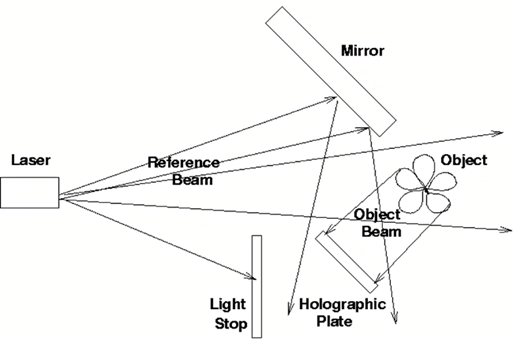
Figure 1 A typical transmission hologram setup
The core component in the transmission hologram is holographic plate (in Figure 2). This plate contains the recorded interference patterns from the holographic recording process, or a spatial light modulator, is used to display the holographic image. The process of recording a hologram involves exposing the holographic plate to laser light. The object beam, which is the light scattered off the object being recorded, interferes with the reference beam, a separate beam of coherent light. This interference pattern is captured on the holographic plate, preserving the amplitude and phase information of the object light.
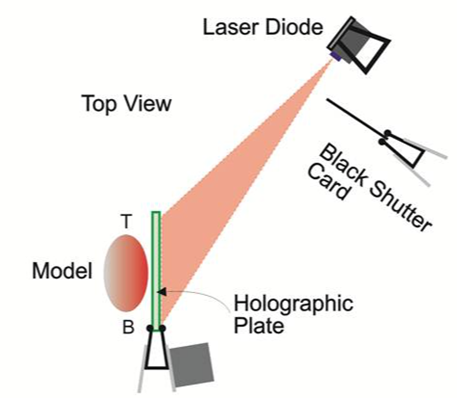
Figure 2 Diagram of holographic plate. T: Top, B: Bottom.
The process of modeling holographic plates typically involves simulating the interference patterns recorded on the holographic plate and predicting the reconstructed holographic images. Below in Figure 3, it is a holographic plate modeling in Ansys Zemax for transmission hologram. The surface type of hologram 2. The hologram 2 surface is very similar to the hologram 1 surface. The key difference is that the hologram 1 surface assumes both construction beams either diverge from or converge to the construction points, whereas the hologram 2 surface assumes one construction beam converges to one construction point, and the other construction beam diverges from the other construction point. Figure 4 illustrate the modeling rule of both hologram 1 and 2. Figure 5 displays 3D modeling of the incident and projection light of the holographic plate.

Figure 3 Holographic plate modeling data
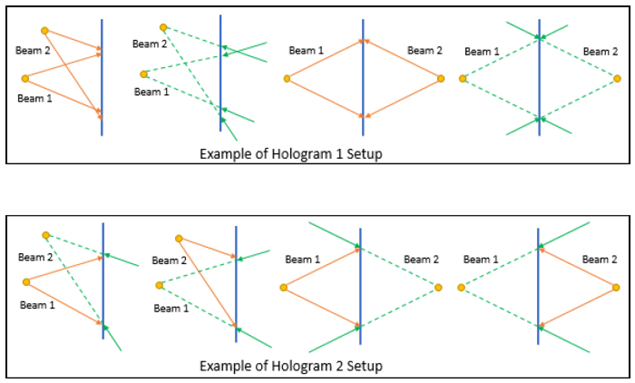
Figure 4 Application comparison of hologram 1 and hologram 2 in Zemax
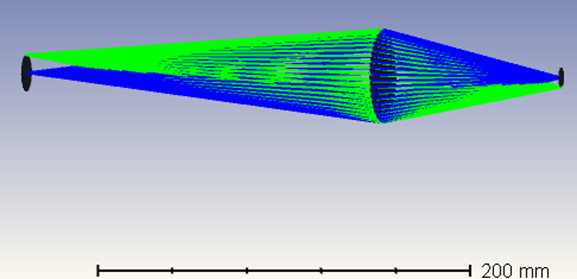
Figure 5 3D modeling of the incident and projection light of the holographic plate
Figure 6 shows surface phase distribution at the hologram plate, with sampling rate of 513 x 513, shown as inverse grey scale. Figure 7 shows surface phase distribution in contour at the hologram plate. Units are periods of 2pi radians.

Figure 6 Surface phase distribution in inverse grey scale
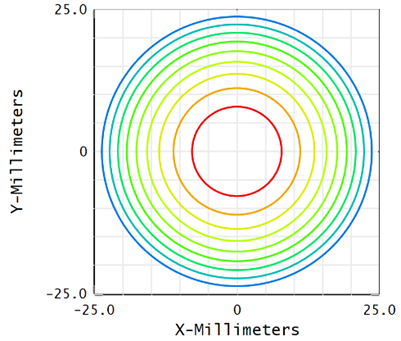
Figure 7 Surface phase distribution in contour
Figure 8 shows optical path fan at the image plane. The holographic plate recorded the optical path difference in non-on-axis field. Figure 9 show the footprint diagram at the image plane, indicating the shaping characteristics of the projecting beam.

Figure 8 Optical path fan at image plane of both fields

In summary, a holographic plate is a medium used to record holograms, capturing interference patterns of light, while a transmission hologram is a specific type of hologram designed to be viewed by transmitted light. The use of a holographic plate in the transmission hologram allows for the creation and observation of three-dimensional holographic images for various practical applications.
Feb 6, 2024 8:53:04 AM
